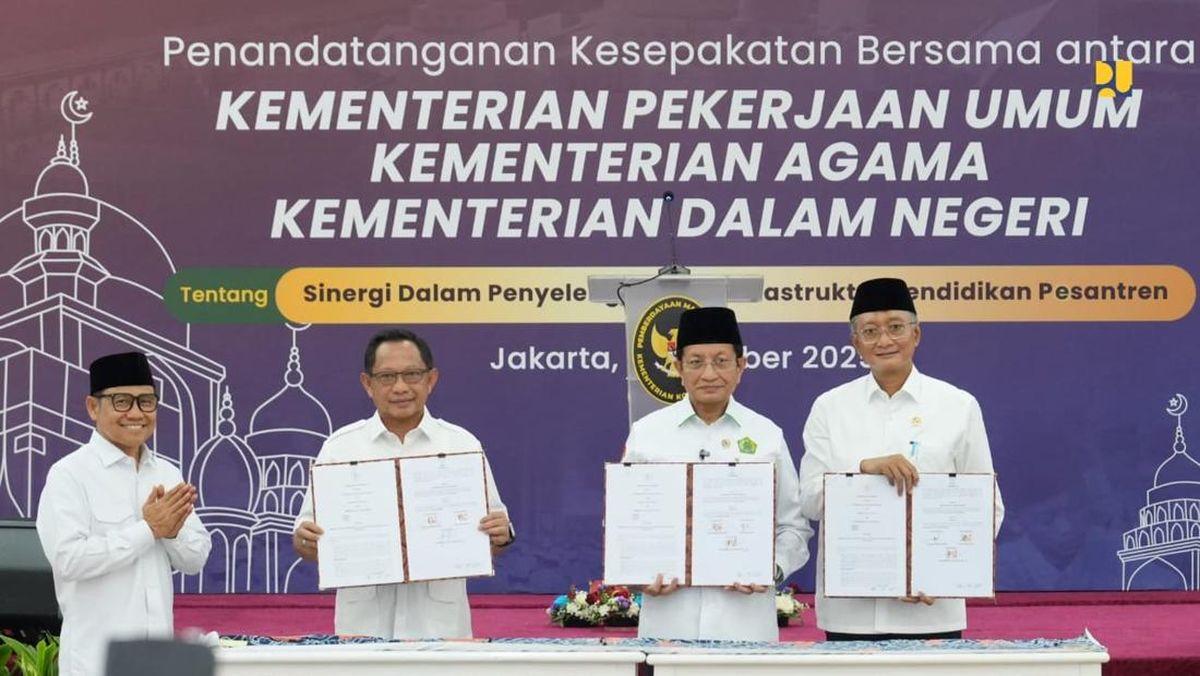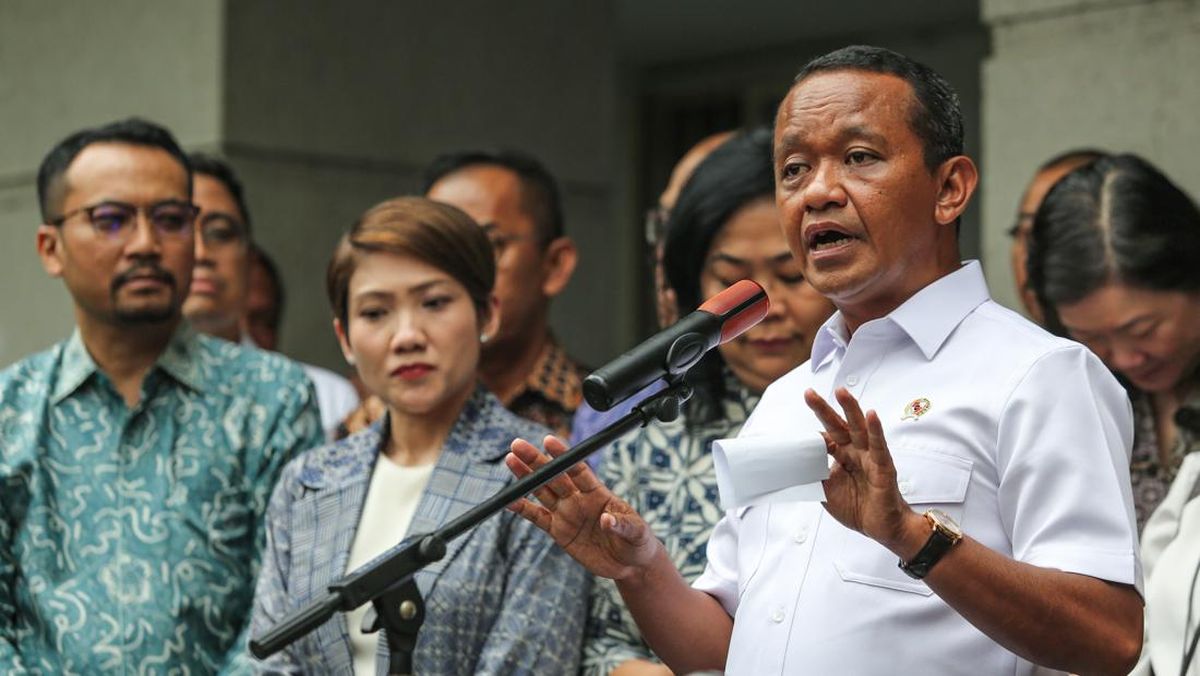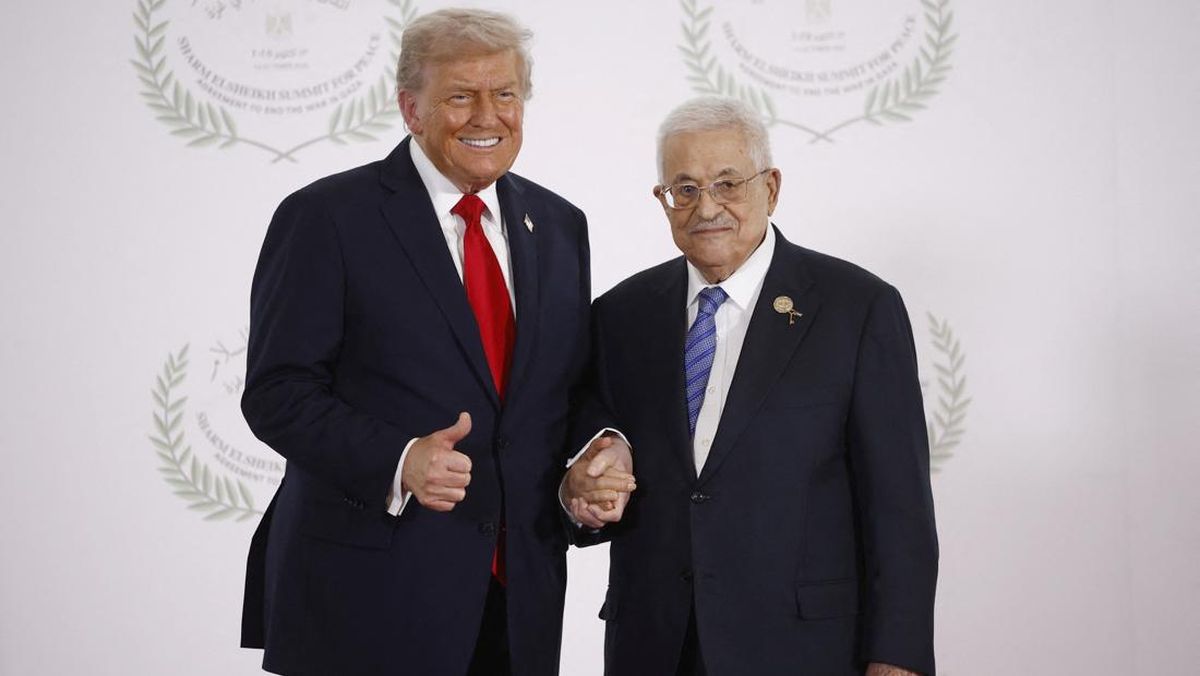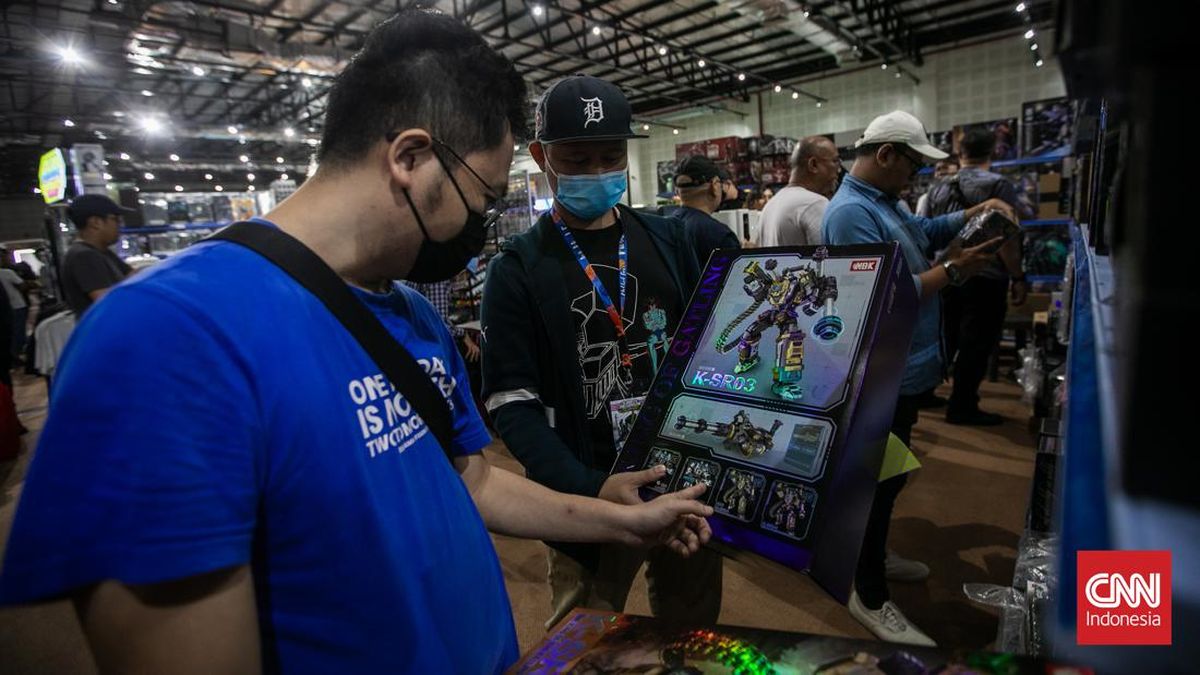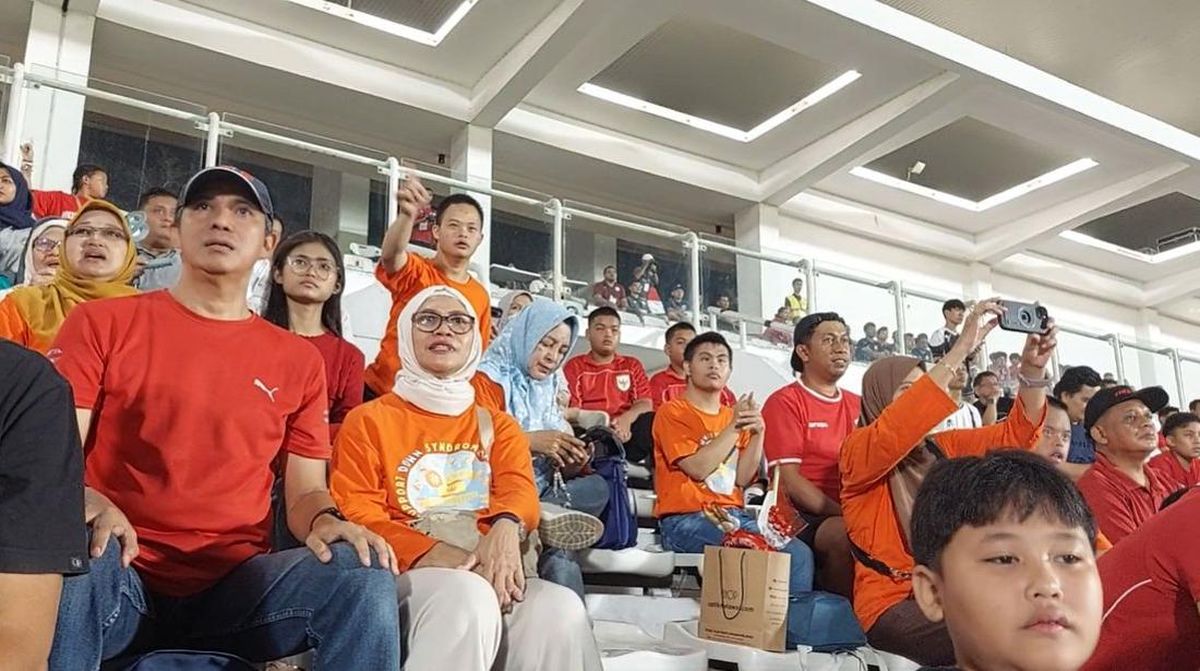The company is expecting production of more than 160,000 tonnes of its organic phosphate product, dubbed Pampafos, after testwork confirmed a treatment rate of a minimum 24 tonne-per-hour through the product drying system it is using. According to the company, recent field trials showed Pampafos rivals the performance of top-shelf imported fertilisers at a fraction of their price.
Plans are in place to ramp up production next year to hit a solid 10,000 tonnes per month by the end of the year. Aguia expects to boost its numbers to 14,000 tpm for the full 2027 year.
Market pricing for the phosphate product has exceeded A$200 per tonne recently, providing the company with a potentially very profitable, large margin operation.
Aguia estimates its operating costs to total A$65 per tonne and says at recent market pricing it could potentially pull a gross profit margin of A$21.6 million per annum.
Notably, during the month of October, the company received letters of intent for delivery of 15,000 tonnes of Pampafos phosphate fertiliser in 2026 from potential customers. The product was sold at about A$200 per tonne.
Initial letters of intent have been signed with three large agricultural supply firms, two in Brazil and a major distributor of fertilisers based in Uruguay.
With funding on hand, Aguia plans to order long lead items for the plant upgrade in the coming weeks. Items required to bring the plant into operational mode include a new hammer mill, electrical substation, weighbridge, testing laboratory, site offices and staff amenities.
The credit line facility is based on a 10-year loan term, an interest rate equal to Brazil’s base interest rate set by the country’s Central Bank plus a margin of 4.91 per cent, with a grace period for required payments of 24 months.
A recently revised economic study pointed to pre-tax free cash flow for the life of the project soaring by 150 per cent to $411 million (US$274 million). Total mine revenue is anticipated to exceed $900 million.
The massive jump in the project economics has been fuelled by soaring global fertiliser prices, resulting in much higher prices today, relative to the numbers used in the earlier February economic study.
The company used $200 per tonne (US$133.30/t) as a base price for its 12 per cent high-grade phosphorus pentoxide Pampafos product in the study, up from a previous $150/t price assumption.
It all adds up to a potentially compelling outcome for the company, with pre-tax net present value, using a 10 per cent discount rate, leaping to $171 million, up 76 per cent and EBITDA soaring to $444 million, up 73 per cent on February’s figure. An expected payback period of about 2.5 years underscores the project’s powered-up economic numbers due to the improved pricing.
Aguia is positioning itself as a low-cost, eco-friendly supplier in a market starved for sustainable fertilisers. It is looking to reap the rewards from improved phosphate pricing and a modernised plant capable of pumping out a quality product at a furious rate.
Is your ASX-listed company doing something interesting? Contact: [email protected]






